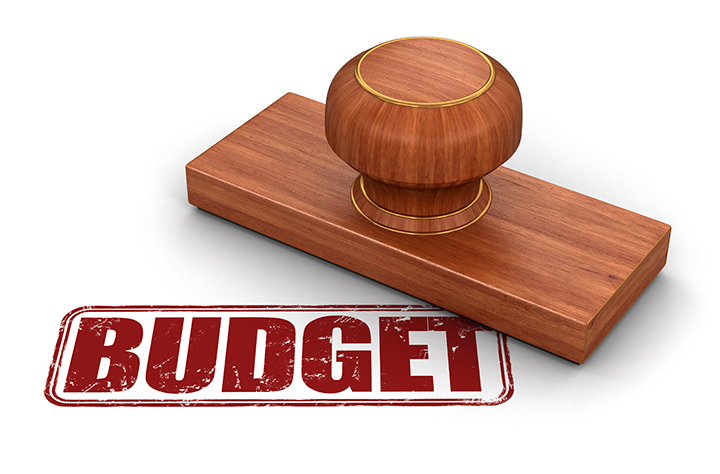
Budget Timelines and Amendments
What is the role and purpose of the school budget?
The charter school budget—and accompanying process—provides charters and their leaders with an opportunity to justify the collection and expenditure of public funds. In its most simple definition, a school budget describes a charter’s plan for the upcoming year as related to anticipated revenues and expenditures. School budgets allow charters to translate sometimes intangible missions, operations and objectives into reality by outlining and providing specific programs and funding/financial terms. A school budget can help bridge the gap that can exist between a charter’s stated goals and resource allocation. The budget process forces the discussion that will inform choices among various programs competing for the limited available resources.
Four Phases of a Budget Cycle
Key steps of the school budget process include, preparing the charter budget, getting the budget approved, executing the budget and evaluating/amending the budget.
- Preparation. The first step of the budget process is to prepare the budget. Done correctly, this process starts with careful thought at the ground level. Many different individuals and departments across the charter are often involved at this level. This step can often be time consuming and there may be many drafts before all compromises are accepted.
- Approval. Once the budget has been created, the next step is approval. Budgets usually are not approved on a “all in favor, all opposed” basis. Just as with the creating, this step may take more discussions and compromises before the approval is given by the majority vote of the charter board.
- Implementation. Once the budget is approved, it is time to implement it. Budget execution is the process of implementing, monitoring and reporting on the current’s year budget. During the budget process, spending plans can be developed based on requirements and implemented during budget execution. The spending plan is a source for approved program activities to be funded within a certain timeframe. It is a continuous role to analyze and assess how funds are actually spent to implement those policies, programs and projects outlined in the budget.
- Reevaluation. Even the best planned budgets should be reevaluated from time to time throughout the fiscal year and if need be, revised. Even though charters operate on an encumbrance or impound basis of funds for purchases, it often becomes necessary to amend the budget for increases in spending or lower than expected enrollment which will lead to lower than expected revenue. Changes in revenue or student demographics are examples that may require budget amendments.
Remember…
A good budget is not a limitation of what your charter can spend. It is a financial embodiment of the charter’s strategy and tactics for the fiscal year. Think of the charter’s budget as a living document that can help define the charter’s goals. These four phases of a budget cycle can provide the framework for achieving those goals.
Need some help?
For more detailed information on these steps and a wider lens view of budget timelines, preparation and amendments, sign up now for Budget Timelines and Amendments online course.
